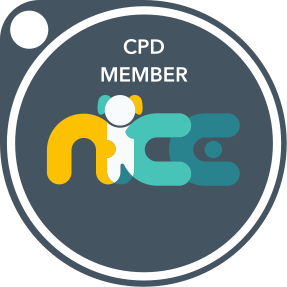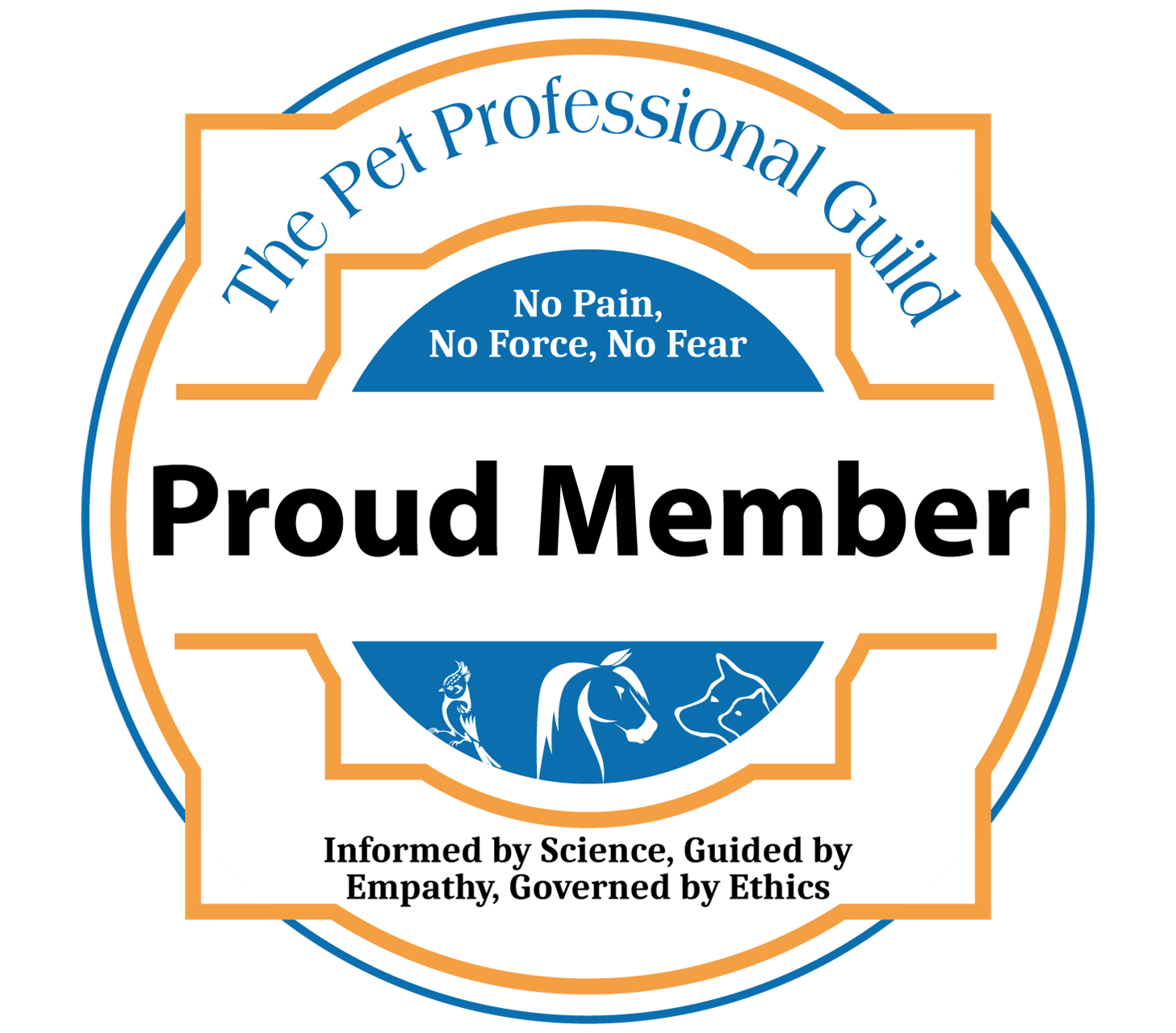|
Our site includes detailed information, which can feel overwhelming for some users. We’ve added short summaries on each public page to support accessibility. If you need any support, please contact us via WhatsApp (audio/video messages only) at 07548 825 101 or email at enquiries@pawsitivesquad.co.uk.
Preparing for a new dog
If you've chosen your new puppy and are waiting for them to reach 8 weeks OR you're planning to visit some puppies/ rescues in the next few weeks and need to prepare your house for a new a new arrival then this page is for you!
puppy proofing
Many puppies LOVE chewing wires and of course that can be dangerous. We recommend having a wires box in each room for chargers and wires when not in use. Use trunking to protect wires that cant be unplugged. You can buy cheap plastic wire trunking with sticky back plastic backing for easy removal once no longer required and to save drilling. The perfect time to declutter your home is when you're getting a puppy. Make sure all small items have a space off the floor and get into the habit of hoovering/ sweeping more regularly. Not only could picking up small bits off the floor prove harmful to your dog but it's also important when they're little we don't give them the opportunity to practice eating unsafe bits off the floor or it risks becoming a long term behavioural struggle. Finally, i recommend adding gates around your house to restrict where your dog can go. This is especially important if you have other dogs who will need to be introduced carefully (regardless of how friendly you think your current dogs are with dogs). It also means you can have areas which don't need to stay so tidy (in our house that means gating off a living spaces where Lego can be left on the floor). Remember if you have family members with mobility difficulties to select gates which don't require stepping over a floor bar. |
|
Preparing a toiletting area
We recommend creating a dog toileting area in your garden. This is especially important if you have children who maybe playing in the garden but for all puppies it can help make toilet training a lot smoother as your dog knows this is just where they toilet whereas if you just use the general garden where you also play with your dog and let them explore it can take longer for your dog to toilet as they don't know what's being expected of them. When designing a toiletting area, i recommend:
|
|
Crates and beds
I highly recommend crate training your dog. It's hugely beneficial for toilet training and for ensuring your dog has a space they are able to completely rest, relax and feel safe. Crate training is also important to ensure that if your dog is ever injured/ ill and require vet admission they're not then stressed out by being kept in a crate at the vets. I prefer the airline style crates over all metal crates if you have a smaller dog. They provide more of a den and limit their visual stimulation which can help with settling. It can be tempting to choose a very spacious crate but this can result in your dog using one end as a bed and the other end as a toilet so i would recommend ensuring you choose a crate that is the right recommended size for the dogs breed/size. You may wish to purchase a smaller crate for your dog as a puppy and upsize when they grow if you decide to use a crate long term or purchase a crate that comes with a divider to adjust the size. I also recommend you purchase a roll up bed to use for boundary training which can be used to take out and about. |
|
Chews
Puppies chew and if you aren't prepared for their chewing they will chew things you don't want them to like your furniture and clothes and your skin! You need to select appropriate chews for your dog and check the advice on packets but suitable options may be:
We recommend avoiding rawhide chews. I know these are cheap and so can be super tempting but they're high salt & often contain chemicals which could be harmful to dogs. | 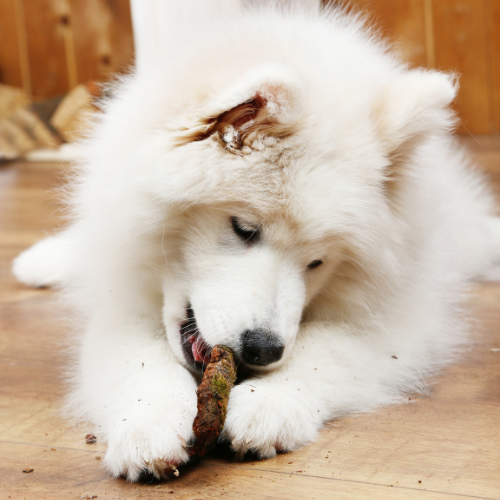 |
Other recommended Equipment
|
|
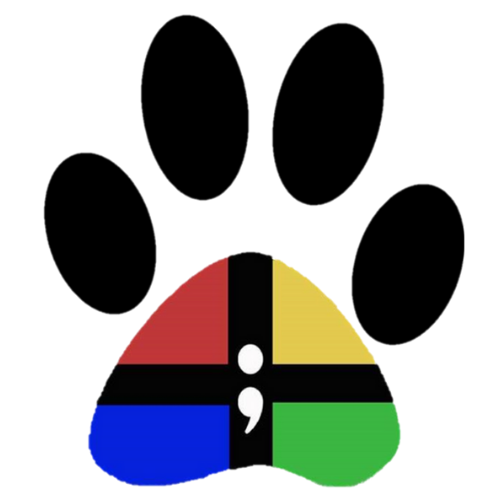
.png)
.png)
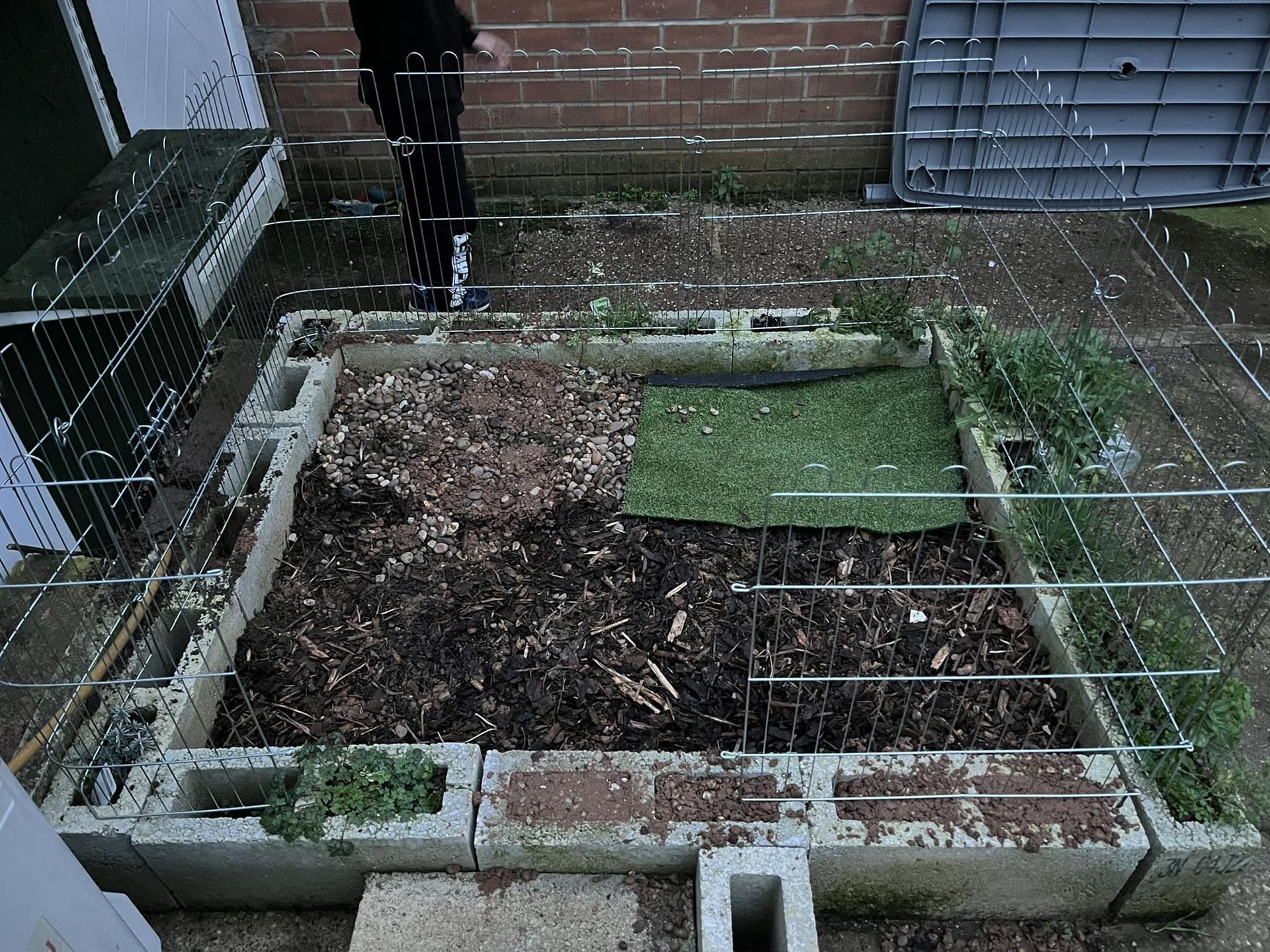
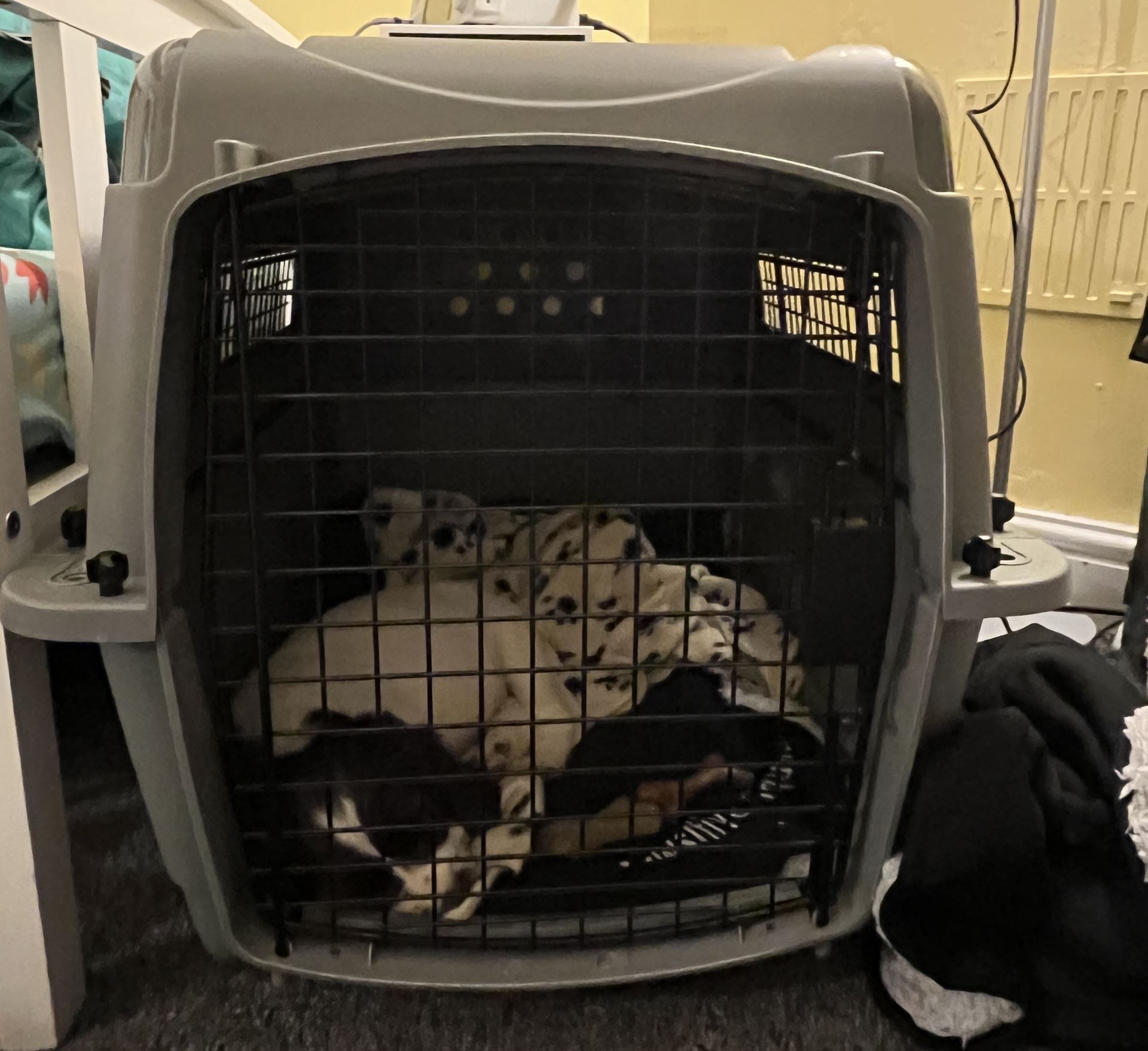
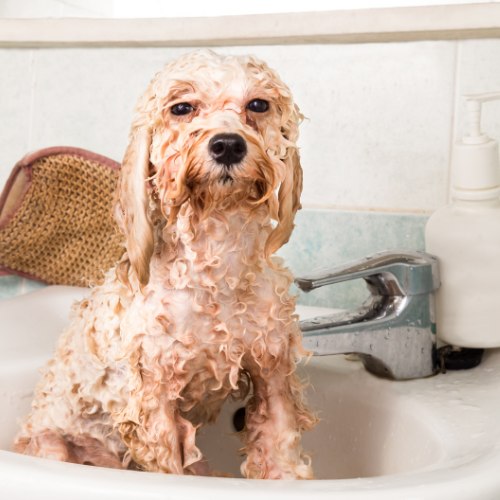
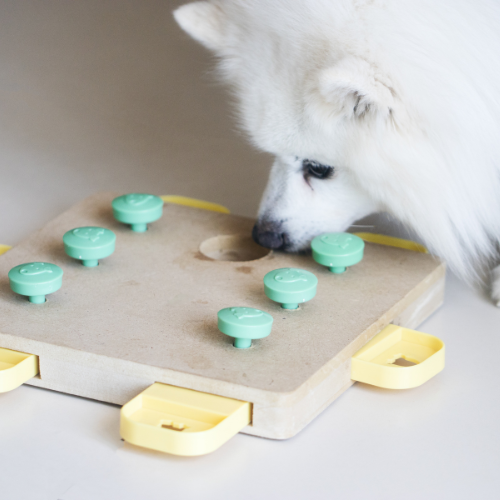


.jpeg)
